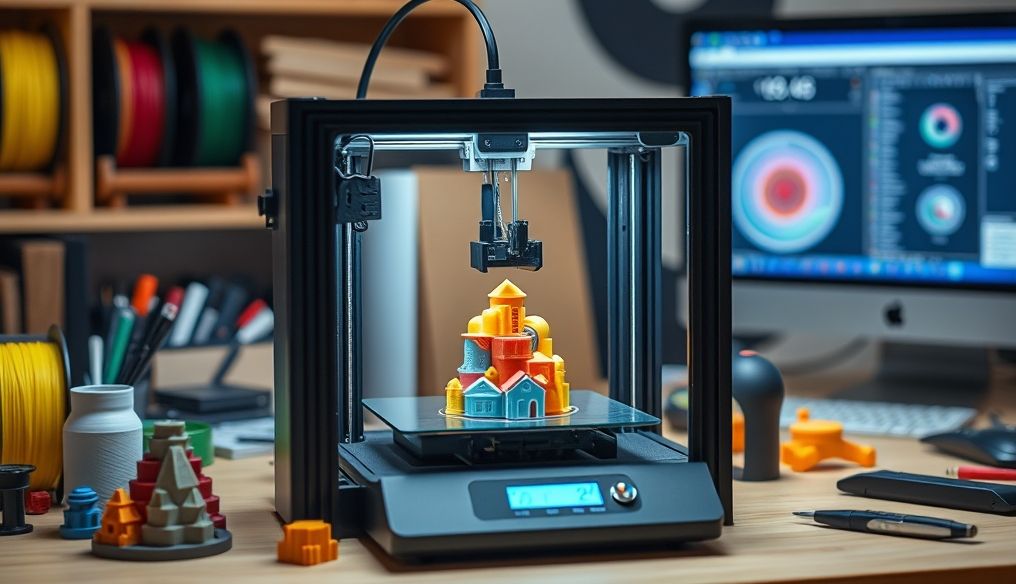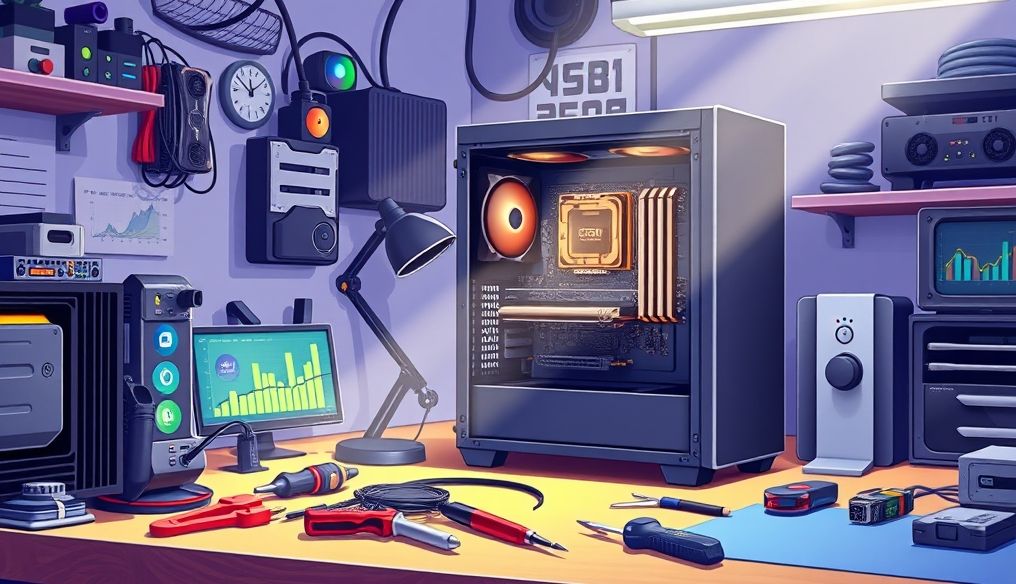Are 3D Printers Really Accessible to Everyone Now?
3D printers, once considered a futuristic and unattainable technology, are now more common and affordable than ever. But does this mean they are truly "accessible to everyone"? To answer this question, we must look at various aspects, including cost, ease of use, practical applications, and the potential impact on different industries.
What are 3D Printers and How Do They Work?
A 3D printer is a device that creates three-dimensional objects by building successive layers of material. There are different types of 3D printers, each using a different technology and different materials. Some common types include:
- Fused Deposition Modeling (FDM): The most common and least expensive, where plastic filaments (such as PLA or ABS) are melted and built layer by layer.
- Stereolithography (SLA): Uses a liquid resin that is solidified by a laser or ultraviolet light.
- Selective Laser Sintering (SLS): Uses a powder of plastic or metal that is sintered by a laser.
- Material Jetting: Sprays tiny droplets of material onto the build platform and then solidifies them using ultraviolet light.
Each technology has its advantages and disadvantages in terms of cost, speed, accuracy, and the materials that can be used.
The Evolution of 3D Printer Prices Over Time
In the past, 3D printers were very expensive, with prices exceeding tens of thousands of dollars. However, with the evolution of technology and increased competition, prices have fallen significantly. You can now find entry-level FDM 3D printers for prices starting at a few hundred dollars. This significant price reduction has made them accessible to a wider range of consumers and hobbyists.
Important Statistics: The 3D printer market is estimated to reach US$55.8 billion by 2027, demonstrating the rapid growth and increasing adoption of this technology.
Ease of Use: Are They as Complicated as They Seem?
Initially, 3D printers required advanced technical knowledge to operate and maintain. However, modern printers have become more user-friendly, with simple user interfaces and easy-to-learn software. There are also many educational resources available online, including tutorials and user communities, that help beginners get started.
However, there is still a learning curve. Achieving good results requires an understanding of materials, print settings, and post-processing. For users without technical experience, it may be helpful to start with a simple and easy-to-use printer and learn gradually.
Applications of 3D Printers in Various Fields
The applications of 3D printers are vast and diverse, and include:
- Prototyping: Companies use 3D printers to create quick and low-cost prototypes of their new products.
- Custom Manufacturing: 3D printers can be used to create custom products to meet specific needs, such as custom prosthetics or rare spare parts.
- Education: Schools and universities use 3D printers to teach students about design, engineering, and manufacturing.
- Medicine: 3D printers are used to create anatomical models, custom surgical tools, and even living tissues and organs (a promising research area).
- Art and Design: Artists and designers use 3D printers to create unique sculptures, custom jewelry, and other artistic objects.
- Home Repairs: 3D printers can be used to print spare parts for household appliances or broken tools, saving money and reducing waste.
Practical Example: In the field of medicine, 3D printers can revolutionize the way prosthetics are designed. Instead of relying on standard sizes, engineers can design prosthetics that are completely customized to fit the needs of each patient, improving comfort and function.
Challenges Facing the Widespread Adoption of 3D Printers
Despite the significant advances in 3D printer technology, there are still some challenges that hinder its widespread adoption:
- Cost: Despite falling prices, high-quality 3D printers and materials are still expensive.
- Technical Knowledge: Operating and maintaining 3D printers requires some technical knowledge, which may be a barrier for some users.
- Speed: The 3D printing process can be slow, especially for large or complex objects.
- Materials: The range of materials that can be used in 3D printers is still relatively limited.
- Intellectual Property Rights: Using 3D printers to copy invented products raises issues related to intellectual property rights.
Tips for Choosing the Right 3D Printer
If you are considering buying a 3D printer, here are some tips to consider:
- Set Your Budget: Before you start researching, determine how much you are willing to spend.
- Identify Your Needs: Think about what kind of things you want to print, their size, and the materials you need.
- Look for Reviews: Read online reviews from other users to get an idea of the performance of different printers.
- Choose an Easy-to-Use Printer: If you are a beginner, choose a printer with a simple user interface and easy-to-learn software.
- Consider the Cost of Materials: The cost of materials used in 3D printers can vary significantly, so be sure to take that into account when making your decision.
The Future of 3D Printers: Where is the Technology Heading?
The future of 3D printers is very promising. The technology is expected to continue to evolve, with increased speed, accuracy, and expanding the range of materials that can be used. 3D printers are also expected to become more user-friendly and less expensive, making them accessible to more and more people.
Future Predictions: Experts predict that 3D printers will play an increasingly important role in custom manufacturing, healthcare, construction, and even space exploration. We may see in the near future 3D printers capable of building houses, creating living organs, and even printing food.
Conclusion: Are 3D Printers Accessible to Everyone Now?
While there are still some challenges to their widespread adoption, 3D printers have come a long way in recent years. With falling prices, increased ease of use, and an expanding range of applications, 3D printers are definitely accessible to a wider range of people. Whether you are a hobbyist, designer, engineer, or business owner, a 3D printer can be a powerful tool for creativity and innovation.
"The global 3D printing market size is forecast to reach US$55.8 billion by 2027." - Statista




